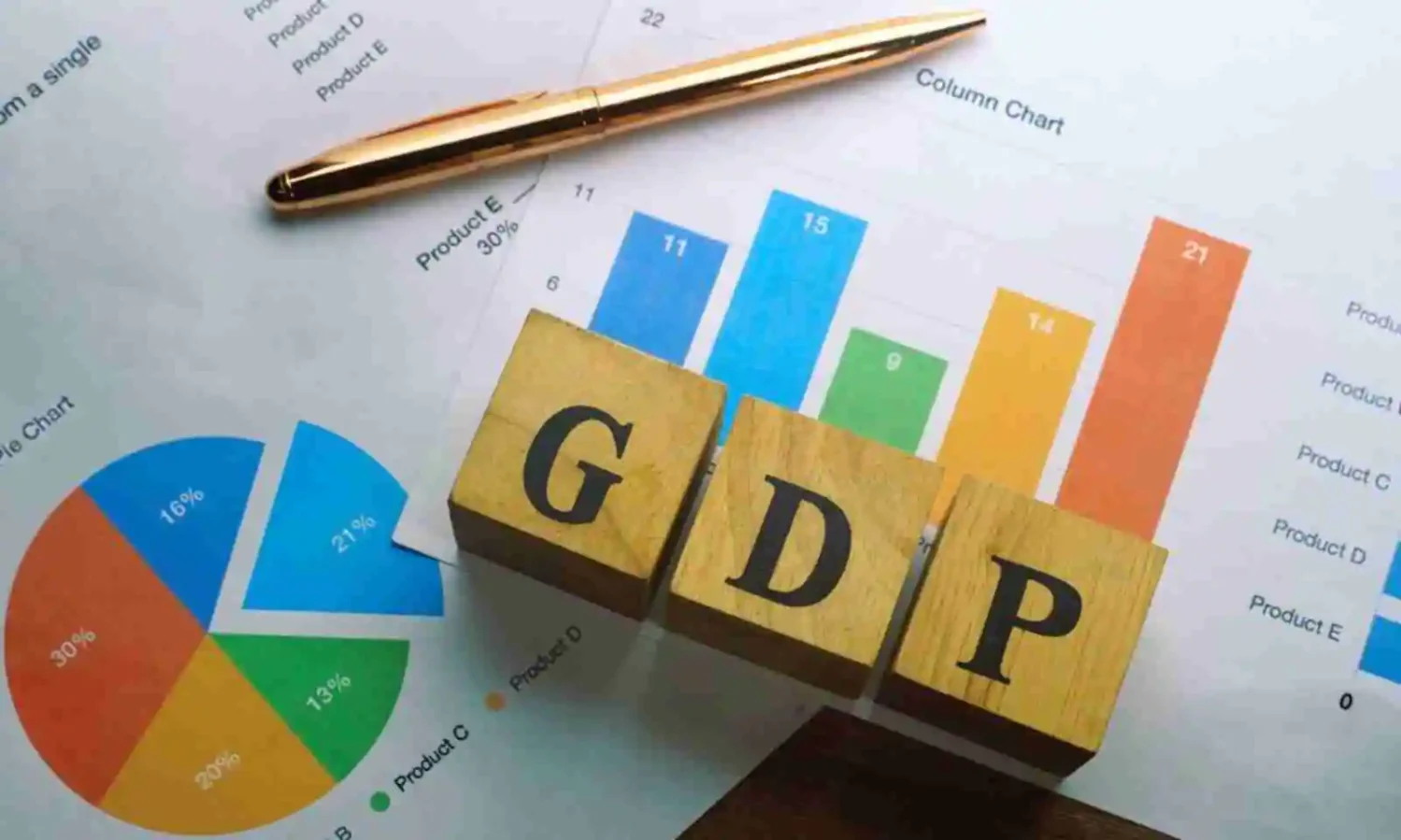The world of finance contains thousands of specific terms. Some are specialist terms that are unique to a particular area of finance. Others are more widespread but you might need clarification on the specifics.
Don’t worry. We aren’t going to list hundreds of them today. Instead, we have decided on eight key terms to help you better understand finance, and some terms you’ll hear professionals in the field use. What is inflation? What is deflation? What is a blue-chip stock? We will cover all of these and more for you today.
Financial literacy isn’t just about imprinting all these terms into your brain overnight. It is more about understanding the terms, what they encompass and what they mean so you better understand how particular areas of finance work.
# 1 – Market cap

Often used in trading, the market cap is one of the most common terms traders and analysts use. But what does it mean?
Market capitalization, or market cap, is a specific metric used to measure an asset’s size and how much of a percentage it takes up in its respective market. In stocks, it is calculated by multiplying a company’s total number of outstanding shares by its current share price.
You can use market cap to compare companies within and across different industries. It is also used to determine the value of a company and its stock performance over time. This is just one of many barometers investors will use to help themselves decide on future investments.
#2 – Inflation
Inflation has been in the news a lot recently. It has a relatively standard definition, though. Inflation is an economic device that directly impacts money’s value over a specific period, often 12 months.
Ideally, central governments and banks will aim to keep inflation between 1.5 and 3.5%. Anything beyond this is considered outside of a solid range. Issues within the supply chain or significant changes in economic and governmental policies can cause inflation to accelerate.
Inflation must be at a steady constant. If it starts to accelerate and ramp up, it can devastate savings, businesses and the cost of living. The price increases of essential goods such as food, electricity, petrol and gas measure inflation.

#3 – Deflation
Deflation works in the opposite manner to inflation. Deflation occurs when the price of goods and services decreases over time, and although this may sound like a good thing, it can sometimes be even worse than inflation.
Deflation can impact consumer confidence, causing businesses to lose money, resulting in a decline in household disposable income and an overall negative downward trend. It is a much rarer occurrence than inflation. However, some analysts have stated that the US economy could be more likely to experience deflation than inflation this year.
#4 – Recession
The dreaded “R” word – recession – spells trouble for a country’s economy. With many Western economies flirting with the possibility of a recession in Q1, 2024, it has taken up considerable space in the news. A recession is defined as two successive quarters of negative growth.
A recession signals worrying times for consumers and typically brings unemployment. In addition, it fosters a host of other economic downsides that can result in negative market sentiment.
#5 – GDP

Gross domestic product (GDP) measures the total value of all goods and services produced in an economy over a specific period, which is usually annual. It is one of the most critical indicators that signal the strength and underlying condition of the economy.
This measuring tool is used to compare different countries or regions, or even different periods in time. It provides insight into how well an economy performs and can be used to predict future economic growth. It is good to familiarize yourself with this term, as many countries often use it.
#6 – Annual percentage rate
APR, or annual percentage rate, measures the cost of lending. It is most commonly applied to loans and credit cards. This figure is usually expressed as a percentage and includes the interest rate and any other fees added to any initial costs. It is also a key factor when deciding to take out a mortgage.
This figure is crucial when comparing different loan options, as it can help you understand which product can be most cost-effective in the long run.
#7 – Asset

Assets is a broad term. It can be used to describe physical goods or investments. This includes blue-chip stocks, the stocks of the world’s biggest companies.
Assets are vital for corporations as they can use them to generate more profit through lending. However, if you invest in stocks or other markets, this is also an asset. So, you may see it described by several definitions.
#8 – Bonds
Bonds are a type of investment that are used by both individuals and corporations to raise money. They represent a loan made by an investor to a borrower, usually a corporation or government, with the promise of regular interest payments and the return of the bond’s face value upon maturity.
Bonds are considered to be less risky than stocks, as they provide a guaranteed return of the invested capital. They also provide a steady stream of income, making them a popular choice for individuals looking to generate a consistent stream of passive income.
When an investor buys a bond, they are essentially lending money to the borrower, who uses the funds to finance their operations. The borrower is then obligated to make regular interest payments to the bondholder, usually semi-annually or annually, until the bond reaches maturity.
There are several different types of bonds, including municipal bonds, Treasury bonds, and corporate bonds. Each type of bond is unique and has its own set of characteristics and risks, so it’s important for investors to carefully consider their options before making an investment.
In general, bonds are a valuable tool for diversifying an investment portfolio, as they provide a different type of return than other investment options like stocks. However, it’s important to remember that the value of bonds can be impacted by changes in interest rates and the financial health of the borrower.






